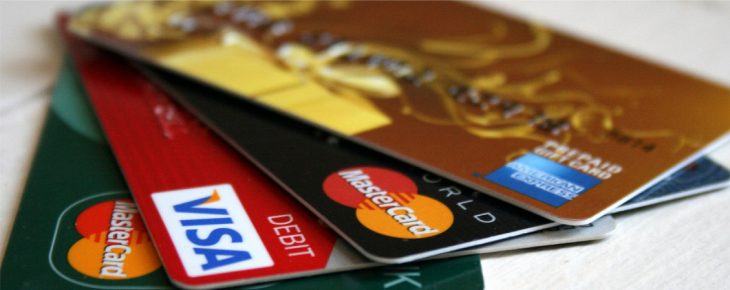U.S. retail sales rise 17.7% in May
by June 16, 2020 5:18 pm 465 views

Consumers increased spending in May with retail sales up 17.7%, reversing the 14.7% drop in April. But retail sales through May are down 6.1% year-over-year, according to a U.S. Department of Commerce report posted Tuesday (June 16).
May sales were about 8% below their level in February before the U.S. economy was wrecked with COVID-19 shutdowns. Wells Fargo economists said the U.S. slipped into recession in February and as unemployment escalated in March and April the massive economic stimulus payments have helped to keep spending positive for now.
May’s retail sales surge was led by a 44.1% jump in sales at auto dealerships. Sales at electronics and appliance stores also soared 50.5%. Clothing stores were also a big winner with sales escalating 188% in May. This increase is still 63% of the sales levels in February. As consumers were stuck at home spending on furniture rose 89.7% and building material store sales increased 10.9% in May.
Retailers and restaurants were happy to see the May uptick which helped to recoup 63% of the declines in March and April. Economists warn the journey to recovery will be long with momentum difficult to maintain given some areas in the country are seeing a resurgence of COVID-19 infections. The government stimulus is set to end in July and that’s problematic for millions of consumers who remain unemployed. In May the unemployment rate fell to 13.3%.
Economists were somewhat surprised to see 5 million jobs were created last month as many furloughed consumers in the hospitality and health sectors were called back to work. Charlie Dougherty, an economist with Wells Fargo, said the 5 million jobs created only partially make up for the 22 million jobs lost in March and April.
“This is a positive step, but we still have a long road ahead to recover all the jobs lost. There is a tall mountain to climb,” Dougherty said.
Economic activity is returning but will remain well below normal levels, according to Dougherty. He said Wells Fargo forecasts a 38% decline in GDP for the second quarter with bounce backs in the back half of the year.
“For a full economic rebound to pre-COVID-19 levels we are saying it will be 18 months,” Dougherty added.
Federal Reserve Chairman Jerome Powell also told U.S. lawmakers on Tuesday a full recovery is unlikely until the public is confident the disease is contained.
